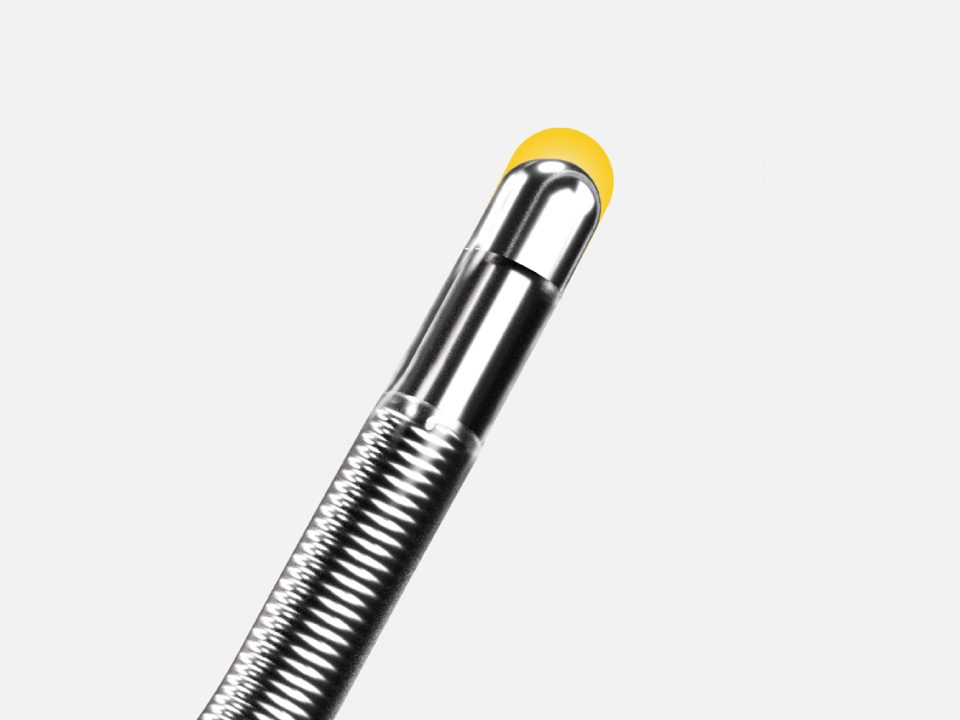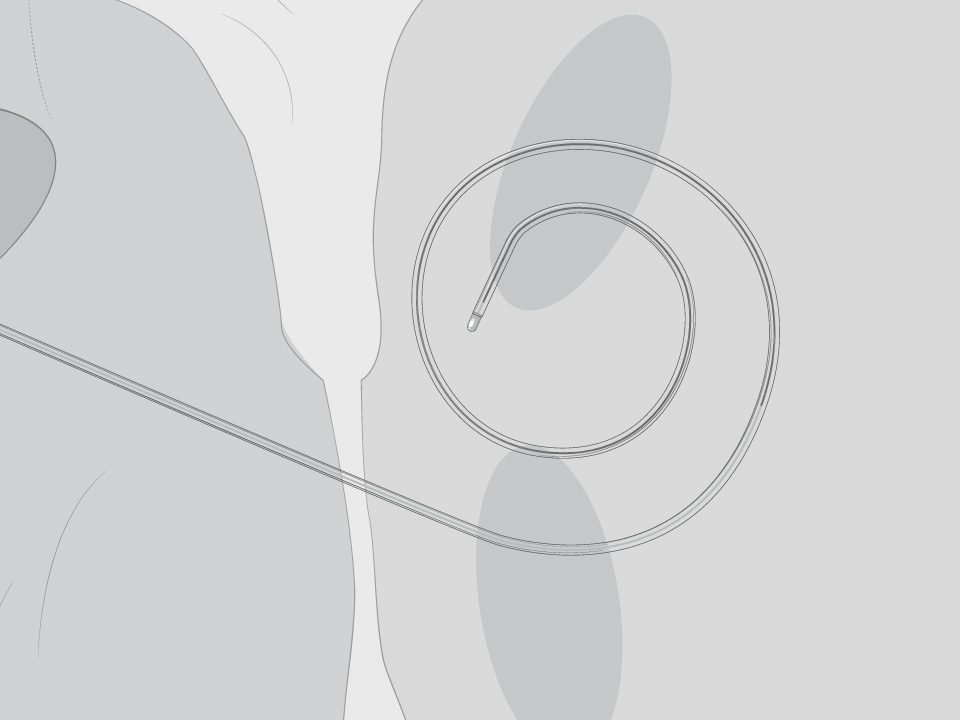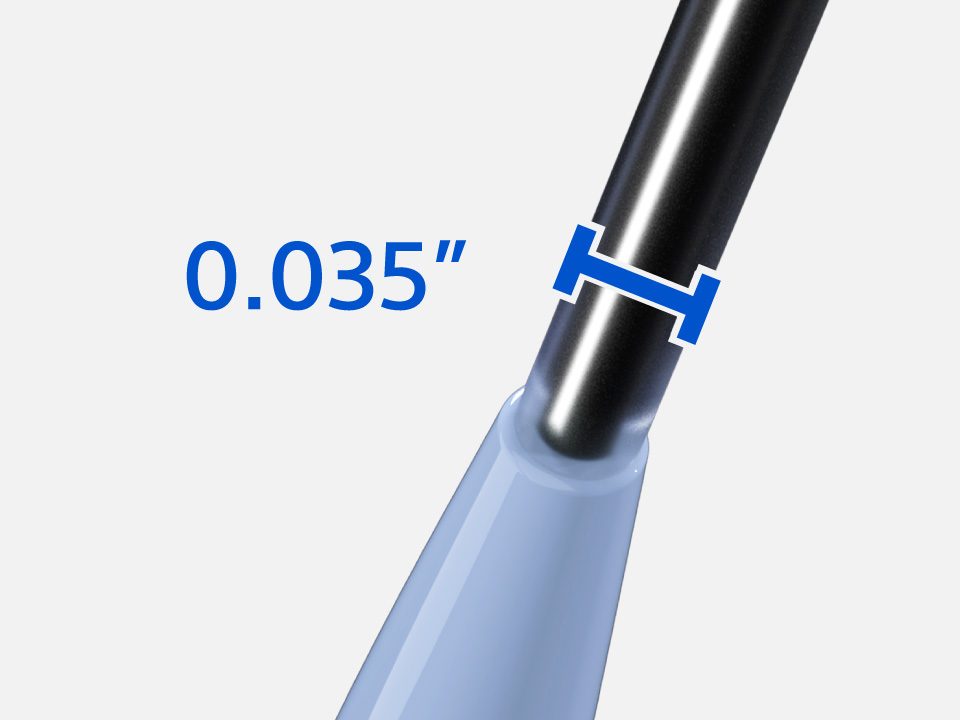Boston Scientific accounts are for healthcare professionals only.




SupraCross™ RF Transseptal Solution
Configure or select a product to continue to order
- Overview
- Clinical data
- Technical specifications
- Ordering information
- Training
- Resources
Left atrial access from any approach™
When the conventional solution may not be optimal, use the SupraCross RF Transseptal Solution to gain alternate access into the left atrium (LA)
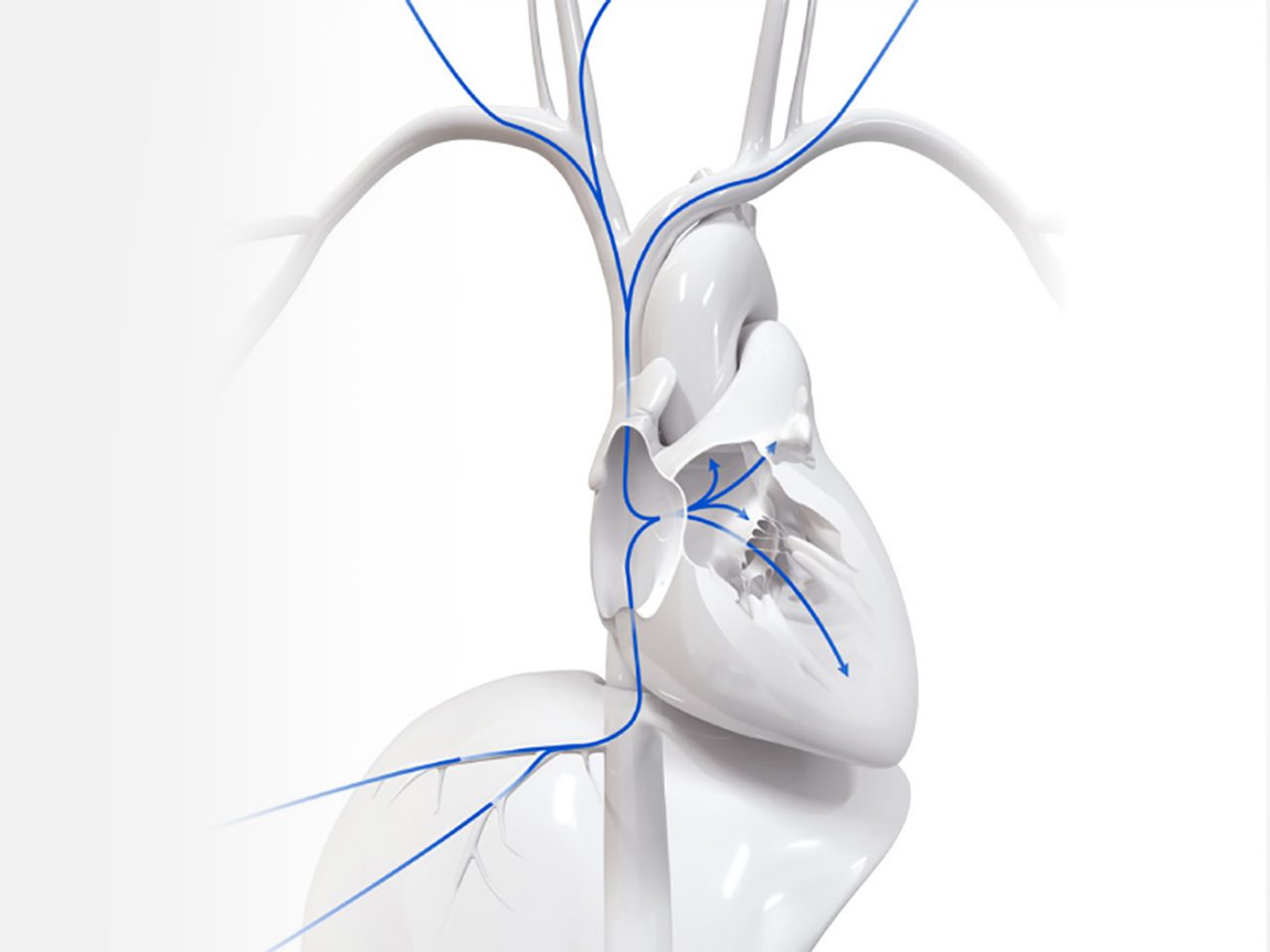
How it works
Animation of the SupraCross RF Transseptal Solution, a radiofrequency (RF) transseptal access device for alternate access into the LA
Why choose the SupraCross RF Solution
Achieve transseptal access using an alternate approach with the SupraCross Steerable Sheath and SupraCross RF Wire
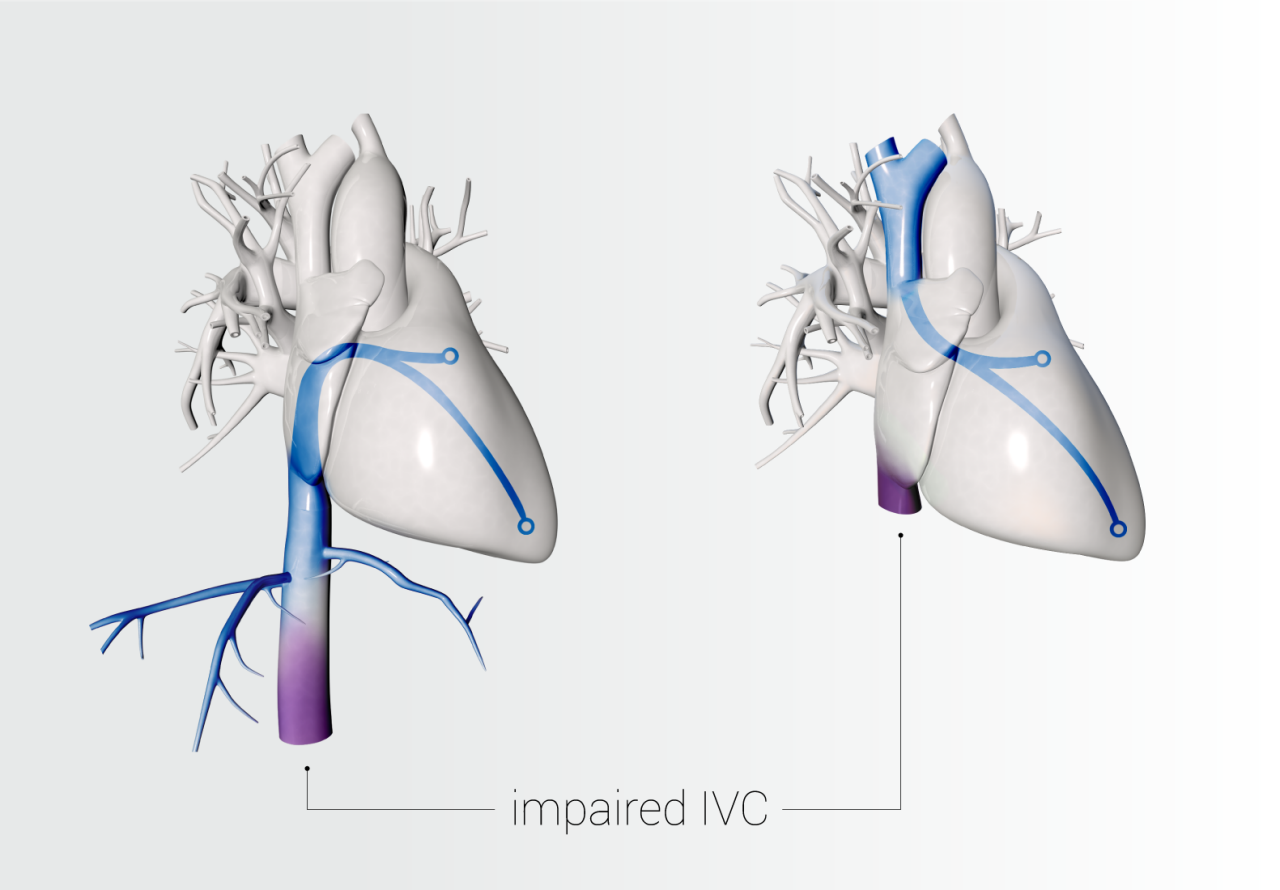
LA access from any approach
Optimized transseptal approach may be required for these procedures, which have been performed successfully via jugular venous and transhepatic approach in patients with impaired inferior vena cava:
- Mitral valve repair1
- Left ventricular tachycardia ablation2
- Pulmonary vein isolation3,4,5,6
- Left atrial appendage occlusion7
3-in-1 SupraCross RF Wire
High precision SupraCross Steerable Sheath
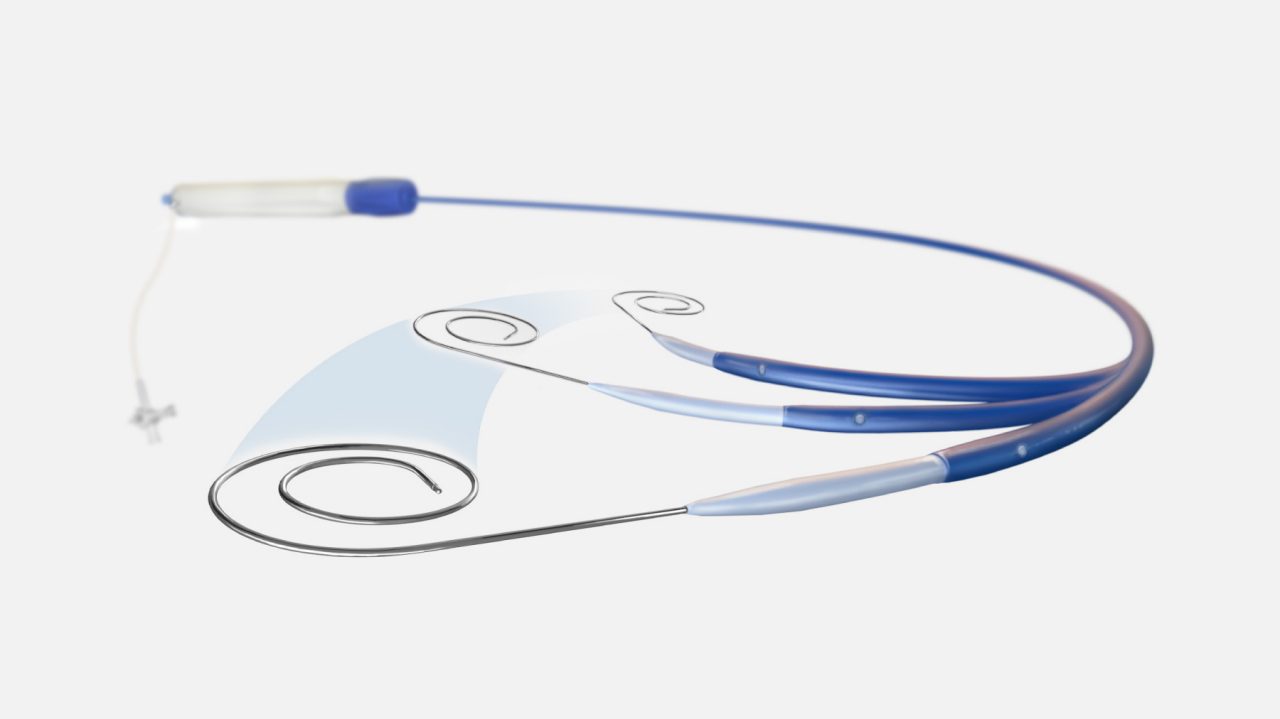
TruGlide™ handling
Responsive, smooth, high-precision steering to confidently position your curve
Flexible dilator
A fully steerable sheath with flexible dilator to facilitate the navigation of complex anatomy and precise positioning on the fossa4
What’s included
The SupraCross RF Transseptal Solution includes:
- SupraCross RF Wire
- SupraCross Steerable Sheath
- Single-use RFP-100A Connector Cable
- 0.035” mechanical guidewire
- Single-use connector cable, compatible with the RFP-100A RF Puncture Generator†
Required product
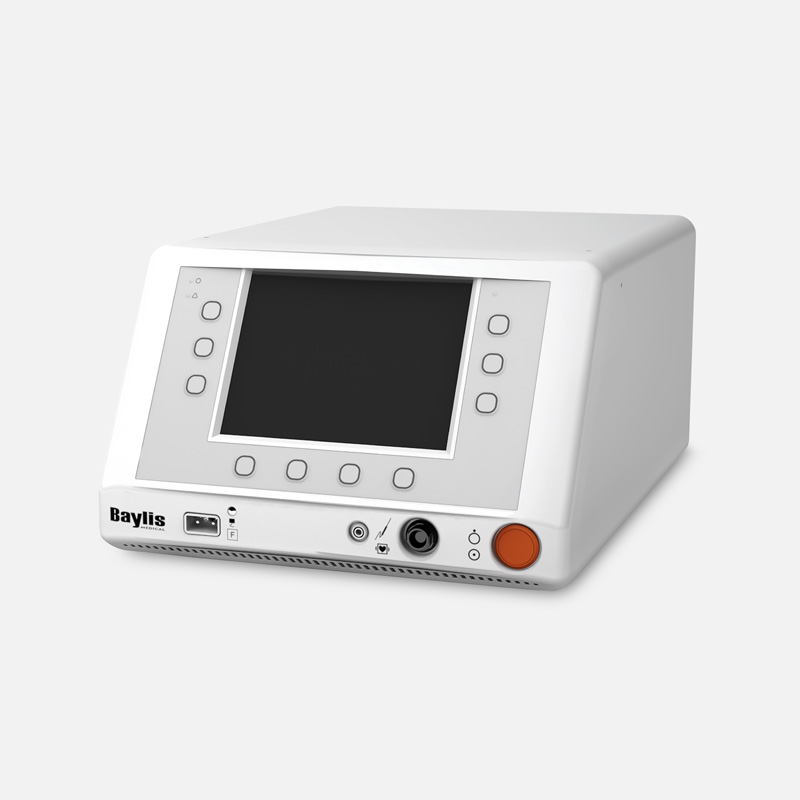
Designed for controlled tissue puncture using radiofrequency energy
All trademarks are the property of their respective owners.
* Studies used NRG™ Transseptal Needle, which employs the same RF puncture technology as the SupraCross RF Wire.
† Baylis Medical Company Radiofrequency Puncture Generator RFP-100A
References:
1. Yap, J., et al. (2020). Transjugular mitral valve repair with the MitraClip: A step-by-step guide. Cath Cardiovasc Interv, 96(3), 699-705. doi: 10.1002/ccd.28902
2. Han, S., et al. (2013). Catheter ablation of left ventricular tachycardia through internal jugular vein: Refining the continuous line. J Cardiovasc Electrophysiol, 24(5), 596-599. doi: 10.1111/jce.1204
3. Liang, J., et al. (2020). Radiofrequency-assisted transseptal access for atrial fibrillation ablation via a superior approach. JACC: Clin Electrophysiol, 6(3), 272-281. doi: 10.1016/j.jacep.2019.10.019
4. Santangeli, P., et al. (2020). How to perform left atrial transseptal access and catheter ablation of atrial fibrillation from a superior approach. J Cardiovasc Electrophysiol, 31(1), 293-299. doi.org/10.1111/jce.14294
5. Baszko, A., et al. (2015). Transseptal puncture from the jugular vein and balloon cryoablation for atrial fibrillation in a patient with azygos continuation of an interrupted inferior vena cava. Europace, 17(7), 1153-1156. doi.org/10.1093/europace/euu413
6. Hernandez-Ojeda, J., et al. (2020). Transseptal access and pulmonary vein isolation via internal jugular veins for persistent atrial fibrillation treatment in a patient with left atrial isomerism, sinus node dysfunction, and interrupted inferior vena cava: The usefulness of robotic magnetic navigation. HeartRhythm Case Reports, 6(4), 210-214. doi: 10.1016/j.hrcr.2019.12.015
7. Aizer, A., et al. (2015). Three-dimensional transesophageal echocardiography to facilitate transseptal puncture and left atrial appendage occlusion via upper extremity venous access. Circ Arrythm Electrophysiol, 8(4), 988-990. doi: 10.1161/ 0120CIRCEP.115.00278
8. Sharma, G., et al. (2016). Accuracy and procedural characteristics of standard needle compared with radiofrequency needle transseptal puncture for structural heart intervention. Catheter Cardiovasc Interv. Epub doi: 10.1002/ccd.26608
9. Smelley, M.P., et al. (2010). Initial experience using a radiofrequency powered transseptal needle. J Cardiovasc Electrophysiol, 21(4), 423-427.doi: 10.1111/j.1540-8167.2009.01656
